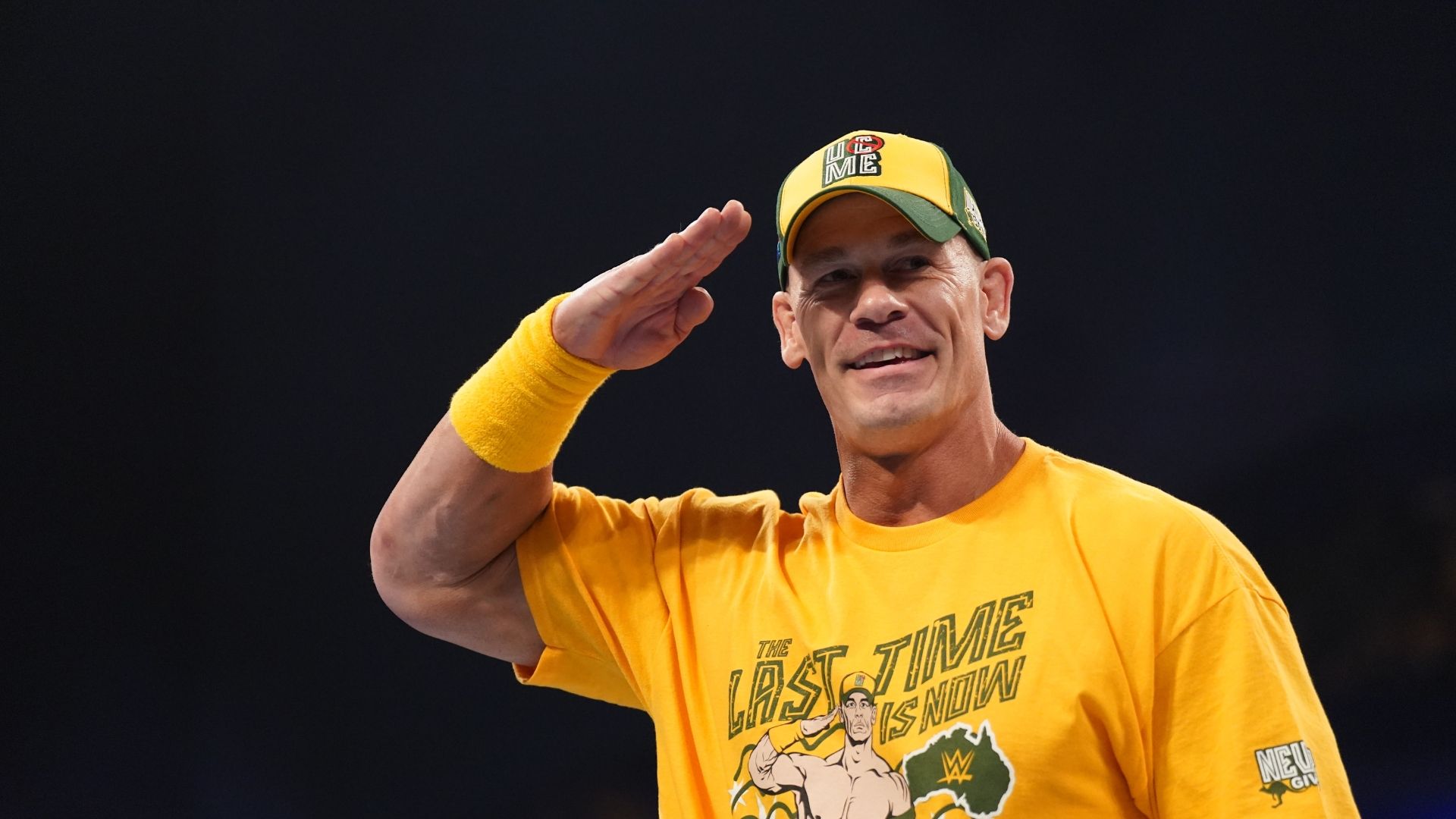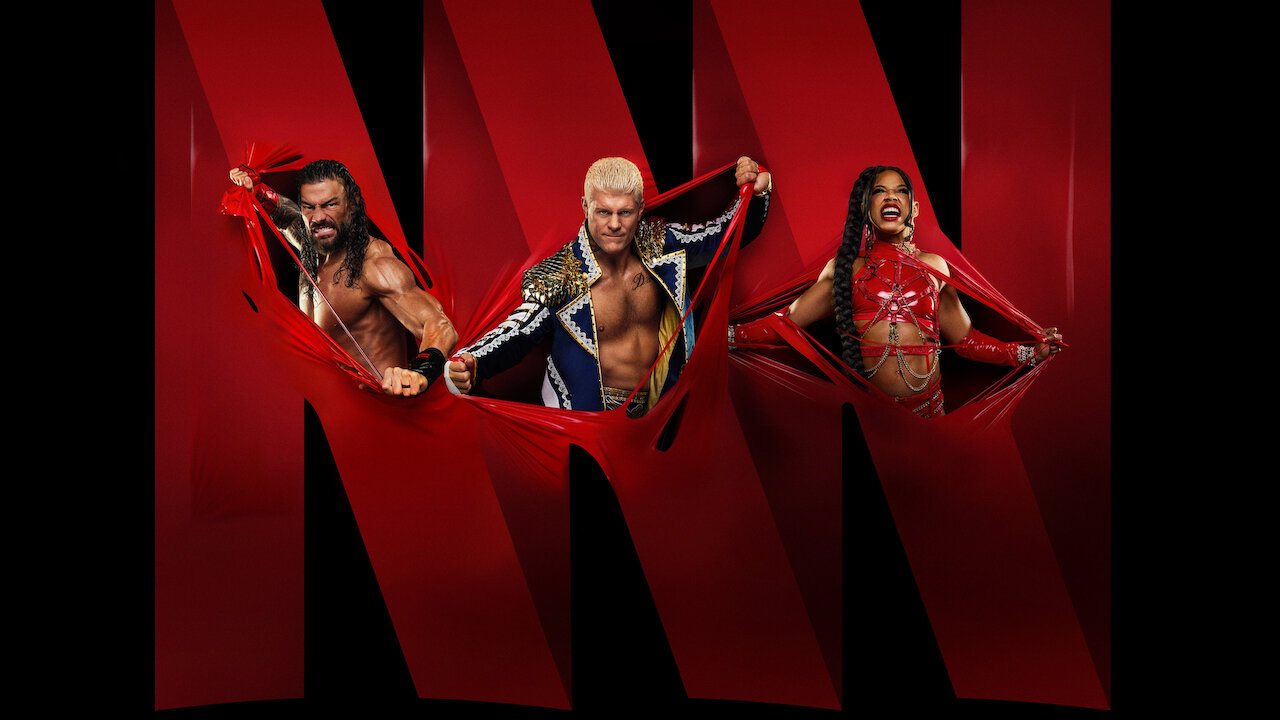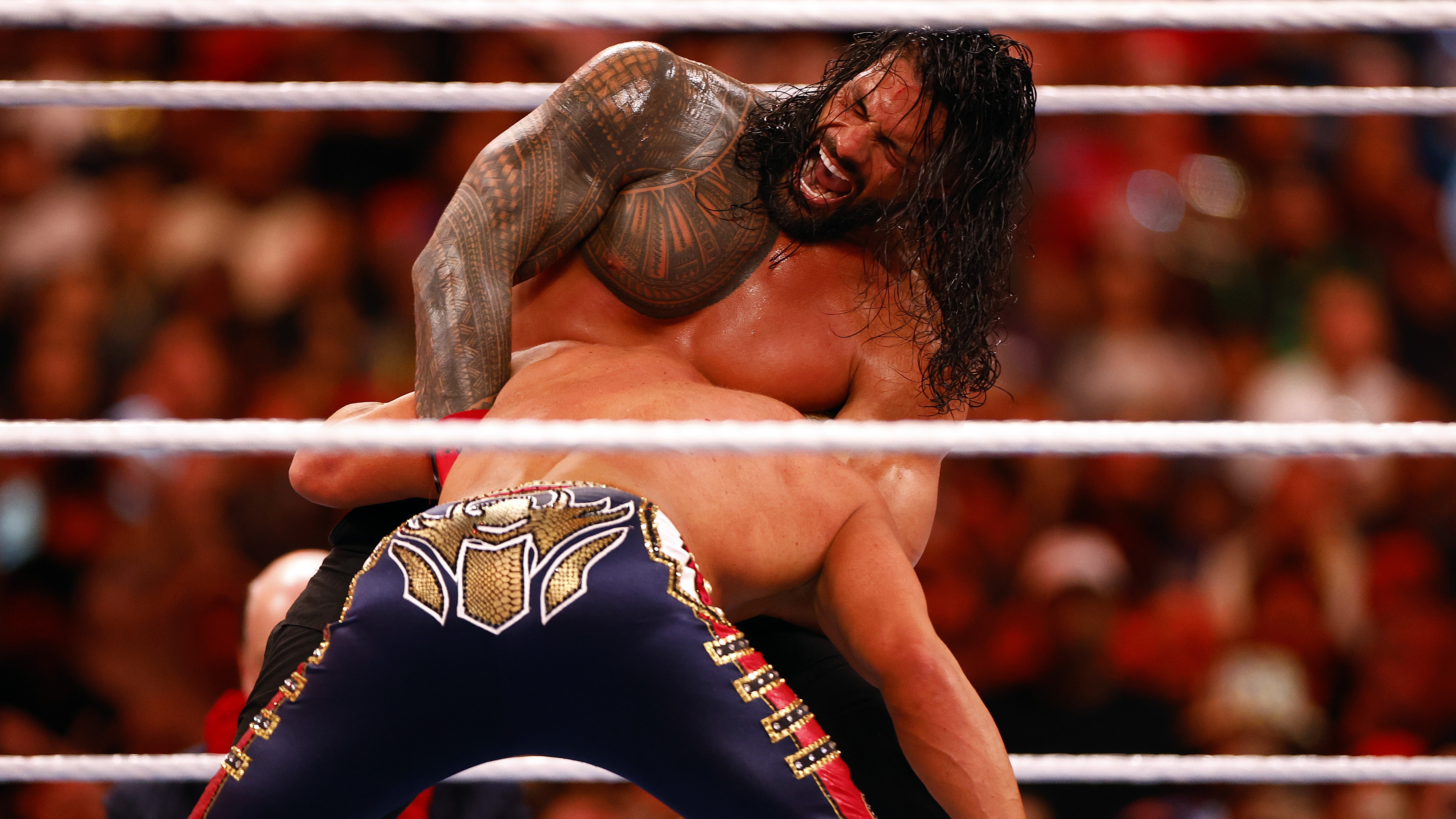Key Points
- WWE creates a senior creative strategy role to explore AI‑based storytelling.
- Early tests with Writer Inc. produced mixed results but highlighted AI potential.
- AI could track continuity across Raw, SmackDown, NXT, and major events.
- Data‑driven insights may help writers identify successful plotlines and fan preferences.
- Critics warn AI cannot replace the live emotional connection essential to wrestling.
- The initiative aligns with WWE’s broader modernization under parent company TKO.
- Partnerships with Netflix and events in Saudi Arabia reflect WWE’s expanding global strategy.


WWE Netflix

Roman Reigns wrestles Cody Rhodes ahead of WWE SummerSlam 2023
AI Takes Center Stage in WWE’s Creative Process
WWE is taking a decisive step toward modernizing its creative workflow by appointing a senior creative strategy lead tasked with exploring artificial‑intelligence‑driven storytelling. The initiative builds on earlier, limited trials with a tool known as Writer Inc., which generated some unconventional storyline suggestions during its test phase.
Company officials describe the effort as a way to augment, not replace, the existing writing staff. By leveraging machine‑learning algorithms, WWE hopes to monitor narrative continuity across its multiple weekly shows, flag dropped plotlines, and surface data‑driven insights about fan engagement. The goal is to help writers keep character motivations coherent and avoid the “never‑ending loop of half‑finished ideas” that critics say currently plagues the product.
Current Creative Challenges
Observers have highlighted several pain points in WWE’s recent storytelling. Story arcs often begin with promise, receive a brief burst of focus, and then dissolve without resolution. Wrestlers such as John Cena have been portrayed shifting between hero and villain roles without clear motivation, while other angles fade after a single week’s spotlight. The proliferation of shows—including Raw, SmackDown, NXT, and premium events—adds pressure, making it difficult to maintain consistent quality across the board.
Fans have also expressed frustration with what they perceive as formulaic content driven by sponsorships, broadcaster demands, and shareholder expectations. The article notes that the creative process involves dozens of writers navigating layers of approval, which can stifle spontaneity and limit the organic development of storylines.
Potential Benefits of AI Integration
Proponents argue that AI could serve as a “creative assistant,” offering several tangible advantages. First, AI can track the myriad overlapping arcs that span multiple programs, something spreadsheets and group chats struggle to manage. Second, by analyzing historical data—such as crowd reactions, ratings, ticket sales, and social media metrics—algorithms could identify which narrative beats resonate most with audiences. This insight could guide writers toward more effective heel turns, revivals, or long‑term revenge plots.
Additionally, AI could help WWE maintain continuity, reminding writers when a storyline has been abandoned or when a character’s motivation has become unclear. Such capabilities could reduce the frequent resets that erode fan investment and potentially restore the emotional depth that long‑time viewers associate with classic wrestling storytelling.
Balancing Technology with Human Emotion
Despite the optimism, the article cautions that AI cannot replicate the human connection that underlies professional wrestling. The sport thrives on live crowd energy, spontaneous improvisation, and the nuanced art of selling drama in real time—elements that a machine learning model may never fully grasp. Critics warn that overreliance on AI tools like ChatGPT or Google Gemini could lead to scripts that feel hollow or overly engineered.
Nevertheless, the piece suggests a middle ground: using AI to inform decisions while preserving the creative instincts of writers and performers. By doing so, WWE might address the “apathy” that currently hampers its product, aligning data‑driven recommendations with the lived experience of wrestlers and fans alike.
Wider Context and Future Outlook
WWE’s push toward AI comes amid broader corporate changes. The organization operates under the umbrella of TKO, the same entity that owns the UFC, and has recently entered high‑profile partnerships, including a streaming deal with Netflix and events in Saudi Arabia. These developments underscore WWE’s drive to expand its global footprint while navigating the expectations of sponsors, broadcasters, and shareholders.
As WWE continues to experiment with AI, the industry will watch closely to see whether the technology can truly enhance storytelling without sacrificing the sport’s core emotional appeal. The outcome could set a precedent for how entertainment companies blend data‑driven insights with creative craft in the years ahead.
Source: techradar.com
